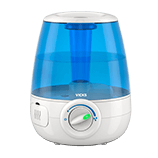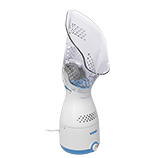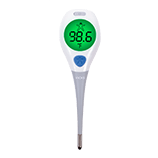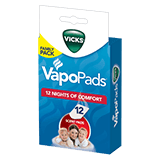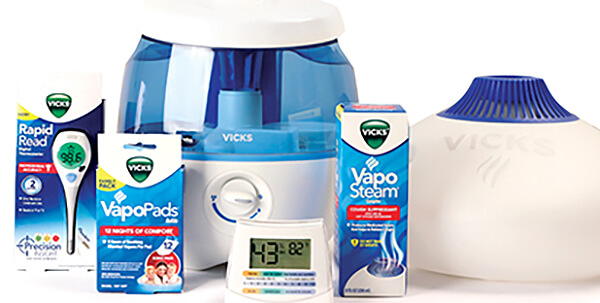
- Products
- Resources
-
-
Vicks products are available for purchase online and in-store at most major retailers.
-
-
- Support
-
-
VICKS SUPPORT
View product-specific FAQs & videos
-
-
- Products
- Resources
- SUPPORT
- Warranty Registration
- Contact Us
7 Essential Tips for Choosing the Best Hot Humidifier for Your Home
As the climate warms and humidity levels rise, the importance of maintaining optimal indoor air quality cannot be overstated. A hot humidifier has become an indispensable tool for many homeowners, enhancing comfort while also promoting respiratory health. According to industry reports, approximately 30% of households experience issues related to dry indoor air, particularly during hotter months when air conditioning can further deplete moisture levels. By investing in a high-quality hot humidifier, users can counteract these effects and create a more inviting living environment.
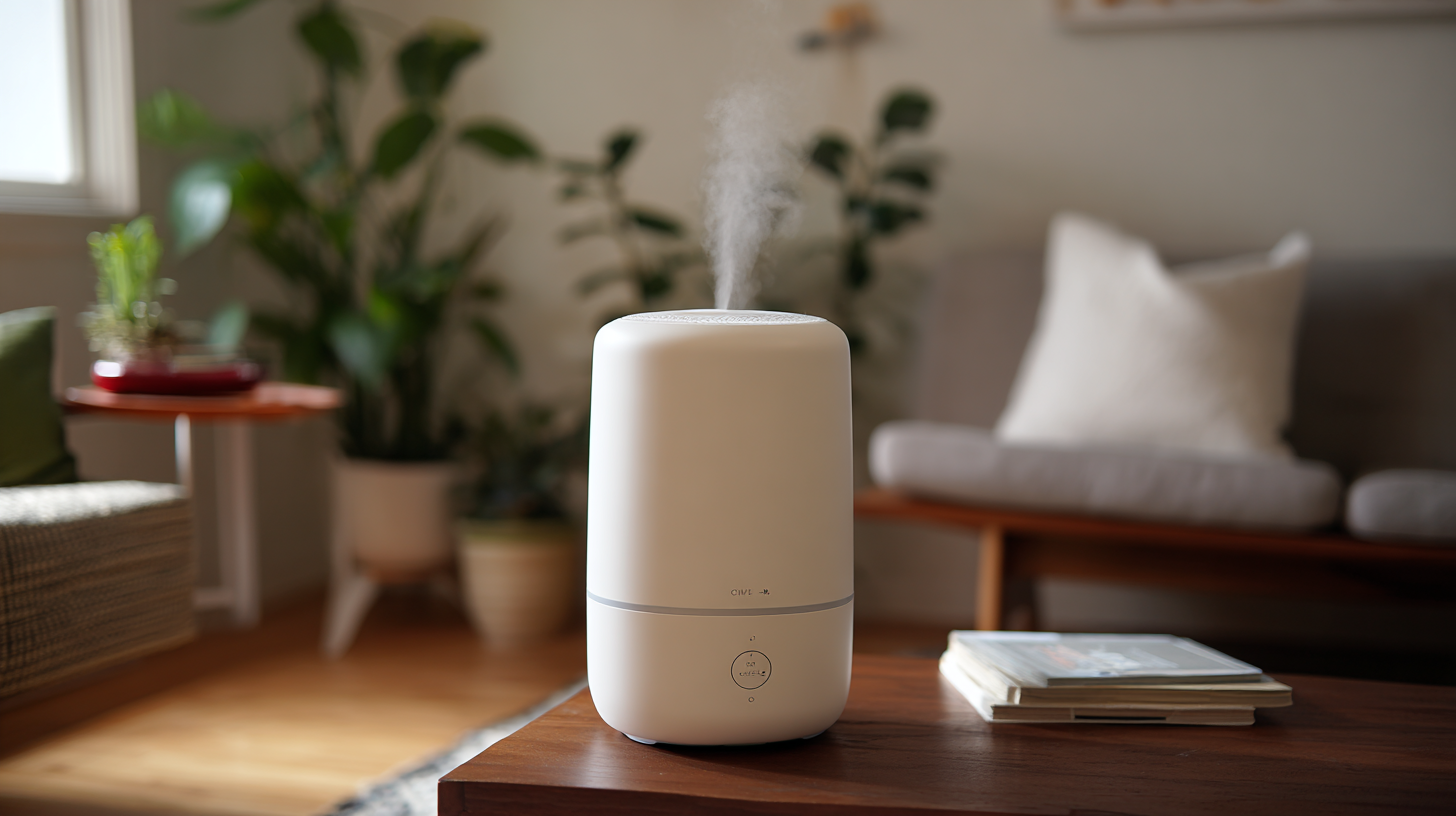
Furthermore, with advancements in technology, modern hot humidifiers now offer a range of features designed to suit various needs and preferences, making it essential to understand the market standards and types available. In this blog, we will explore seven essential tips for choosing the best hot humidifier for your home, ensuring you make an informed decision that enhances your daily living experience.
Understanding the Importance of Humidity Levels in Your Home
Humidity levels play a crucial role in maintaining a healthy and comfortable living environment. In areas with dry air, particularly during the winter months or in arid climates, indoor humidity can plummet. This can lead to various issues, such as dry skin, respiratory problems, and increased susceptibility to illnesses.
A hot humidifier can help restore and maintain optimal humidity levels, ensuring that your living space is not only comfortable but also conducive to better health.
Understanding the ideal humidity range—generally between 30% and 50%—is essential for selecting the right humidifier for your home. Humidity levels below this range can cause discomfort and health issues, while excessively high humidity can promote mold growth and dust mites. By using a hot humidifier, homeowners can effectively manage these levels, benefiting their overall well-being and enhancing indoor air quality. Furthermore, it is vital to monitor and adjust humidity levels based on seasonal changes and personal comfort preferences, allowing for a tailored approach to home wellness.
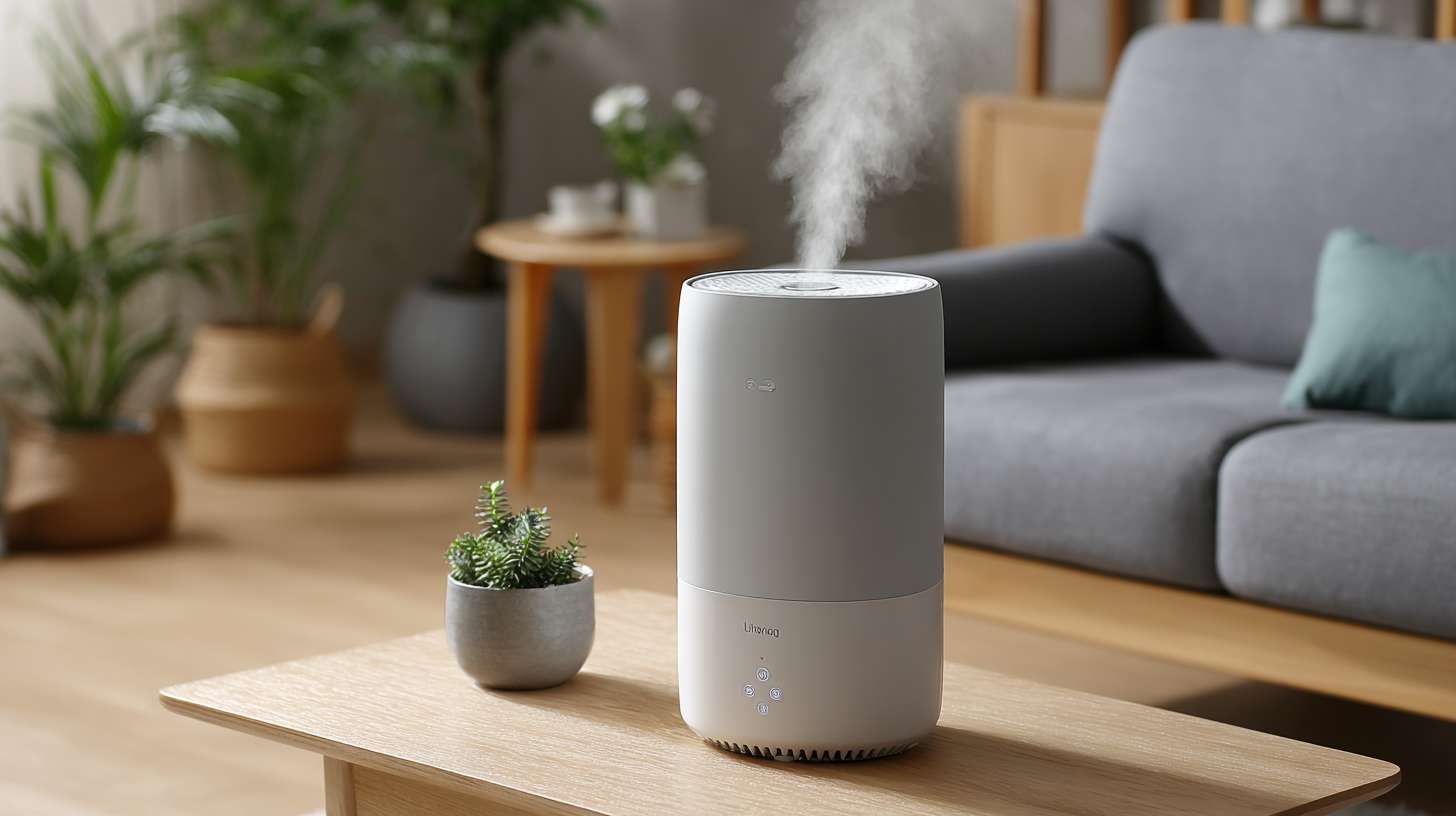
Key Features to Look for in a Hot Humidifier
When selecting the best hot humidifier for your home, it's crucial to focus on several key features that will enhance your comfort and improve air quality. Firstly, consider the size and capacity of the humidifier. Larger units generally have a higher output, making them suitable for bigger rooms, while smaller models may suffice for personal spaces. A device with a built-in hygrometer is also beneficial, as it helps monitor humidity levels and prevent over-humidification, which can lead to mold and mildew growth.
Another important feature is the ease of cleaning and maintenance. Look for models that allow easy access to the water tank and other components, as regular cleaning is essential to ensure hygiene and efficient operation. Additionally, consider the noise level; quieter models are preferred for bedrooms or workspaces. Adjustable humidity settings and a timer function are also advantageous, providing you with control over your environment. By prioritizing these features, you'll be well-equipped to choose a hot humidifier that meets your specific needs and enhances your home’s comfort.
Humidity Levels and Comfort Index
This chart represents the average indoor humidity levels across the four seasons. Maintaining appropriate humidity levels can significantly improve comfort in your home, especially when using a hot humidifier.
Comparing Different Types of Hot Humidifiers: Pros and Cons
When it comes to choosing a hot humidifier for your home, understanding the different types available can significantly impact your experience. There are primarily three types of hot humidifiers: steam vaporizers, warm mist humidifiers, and hybrid models. Steam vaporizers heat water to create steam, which is then cooled slightly before being released into the air. This type is excellent for eliminating bacteria and viruses but may pose a scalding risk if not used carefully.
Warm mist humidifiers, on the other hand, provide a soothing mist to help with comfort during dry winter months. They typically use a filter system that enhances air quality but may require regular maintenance to prevent mineral buildup. Hybrid models combine the benefits of steam and ultrasonic technology, allowing for versatile use but can come at a higher price point. Each type has its own set of pros and cons, so it's essential to consider factors such as safety, maintenance, and specific humidity needs when making your selection.
Technical Specifications: What They Mean for Your Home Environment
When considering a hot humidifier for your home, understanding the technical specifications is crucial to creating a comfortable environment. Key features to look for include the humidification capacity, measured in gallons per day, which indicates how much moisture the unit can add to the air. A model with a higher capacity is ideal for larger spaces or particularly dry climates. Additionally, pay attention to the tank size; larger tanks mean less frequent refills, which can be a significant convenience for busy households.
Another essential specification to consider is the energy efficiency rating. A humidifier that consumes less energy will not only help you cut costs on your utility bills but also minimize your environmental footprint. When selecting a humidifier, look for models equipped with advanced features such as automatic humidity sensors that will adjust the output based on the room's current humidity level. This ensures that your home remains at an optimal comfort level without wasting energy.
When choosing the perfect humidifier, remember to consider noise level, especially if the unit will be used in bedrooms or quiet spaces. Some models operate quietly, making them ideal for nighttime use. Ultimately, focusing on these key specifications will help you select a hot humidifier that enhances your home’s comfort and health.
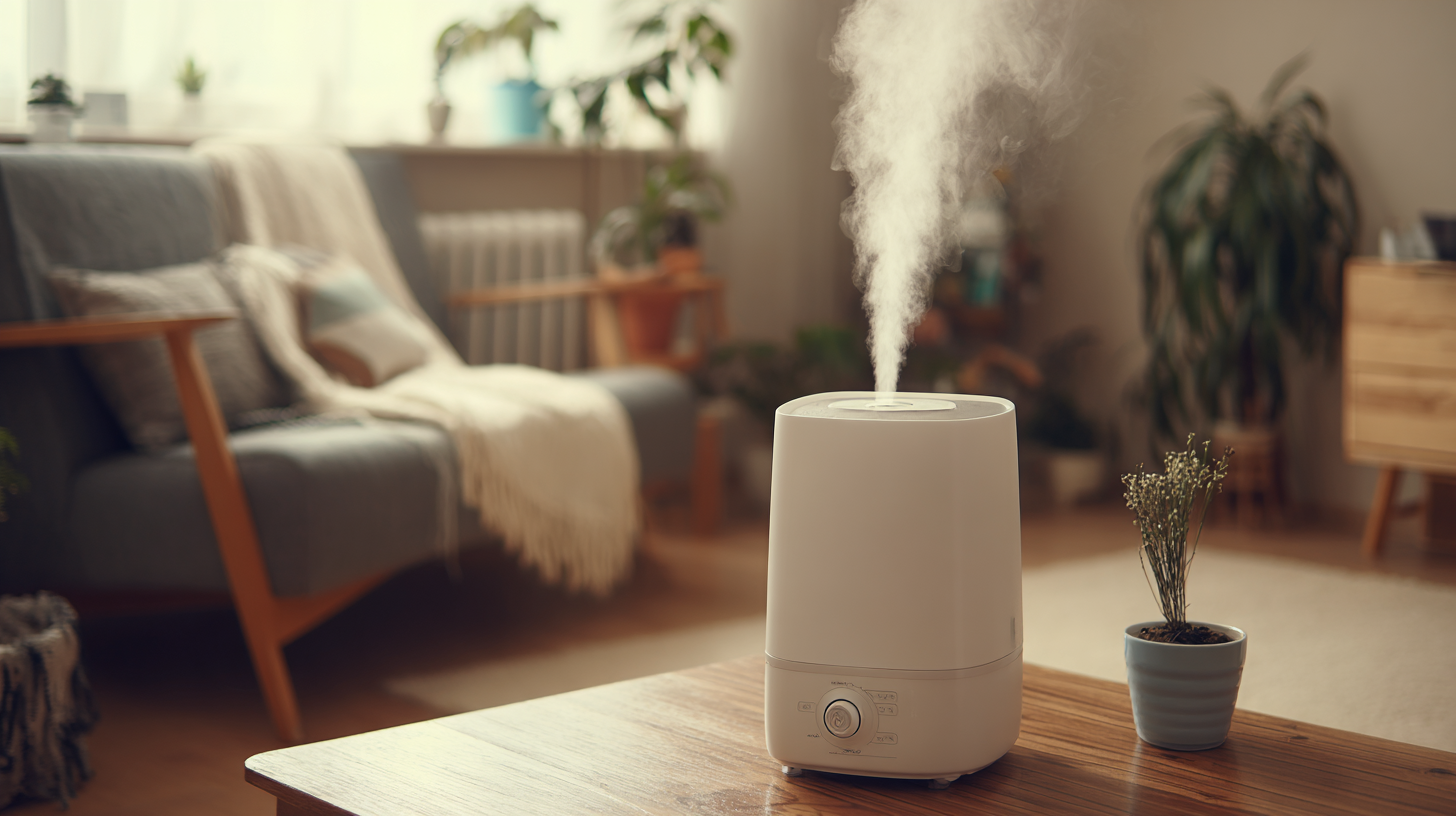
Maintenance and Care: Ensuring Longevity of Your Humidifier
Maintaining your hot humidifier is crucial for ensuring its longevity and optimal performance. A study conducted by the Environmental Protection Agency highlights that properly maintained humidifiers can significantly reduce airborne pathogens and allergens, improving overall indoor air quality. To achieve this, regular cleaning is essential. It's recommended to clean your humidifier at least once a week, using a mixture of white vinegar and water to eliminate any mineral buildup. According to the Association of Home Appliance Manufacturers, neglecting proper care can lead to 50% less efficiency in humidification.
In addition to cleaning, changing the filter is another key aspect of humidifier maintenance. The American Society of Heating, Refrigerating and Air-Conditioning Engineers suggests replacing the filter every one to three months, depending on usage. Filters can harbor bacteria if not replaced regularly, leading to poor air quality and potential health risks. By following these maintenance guidelines, you not only prolong the life of your humidifier but also ensure a healthier living environment for you and your family.




